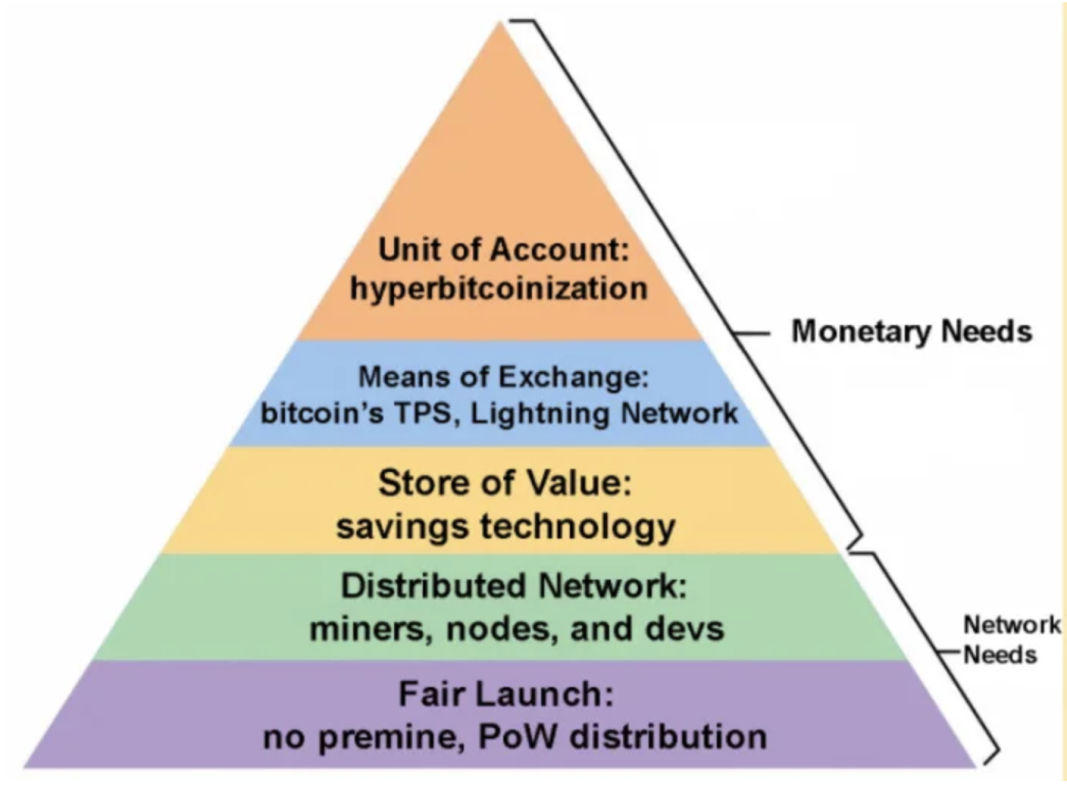

This week, critics of El Salvador’s actions received some potentially damaging news.
A recent report indicated that only 7.5% of Salvadorans are using Bitcoin for transactions, while 92% are not. Yet, while some—including Steve Hanke—may interpret these statistics as a sign of failure, I hold a different view.
Putting aside increased tourism, business growth, and international fame, I consider El Salvador’s Bitcoin legal tender initiative to be a success.
With a population around 6.3 million, this means that 475,000 people (or 7.5%) are now incorporating Bitcoin into their transactions. It’s quite remarkable that nearly half a million citizens are using BTC in their everyday transactions. Furthermore, the Lindy effect suggests that this number is likely to rise over time.
Given El Salvador’s history, it was obvious from the outset that the entire nation would not immediately adopt this new payment technology. The country has dealt with multiple failed monetary systems, and trust in a new system requires time to develop.
As I noted three years ago, Bitcoin needs to first establish itself as a store of value before it can function effectively as a medium of exchange. Even though Bitcoin today stands as a $1.4 trillion asset, it remains a relatively small fraction of the world’s total wealth.
There is still a significant perception among the public that Bitcoin is a risky investment, and this mindset must shift for broader daily adoption across various countries.

Bitcoin is an emerging asset class maturing over time. As it matures, it earns credibility, experiences price increases, and spurs innovations that enable new transactional and custody solutions designed for non-technical users.
This evolution will take time, but the process is already in motion.
I notice many enthusiastic Bitcoiners who believe that widespread adoption as a daily transactional method will occur suddenly within the next few years. However, this perspective overlooks real-world data, such as this survey, which illustrates that the process is considerably slower.
In summary, for Bitcoin to gain global merchant adoption and be embraced by everyday users, we will need to see a significant increase in its price, enhanced usability, and a higher level of trust than currently exists.
How long will this take? I can’t say for sure. But if we visualize it as a loading bar, we’re already 7.5% along the path to 100% of Salvadorans transacting in Bitcoin.
This is progress worth recognizing. Change does not happen instantly.
This article represents a Take. The views expressed are solely those of the author and do not necessarily reflect the opinions of BTC Inc or Bitcoin Magazine.








